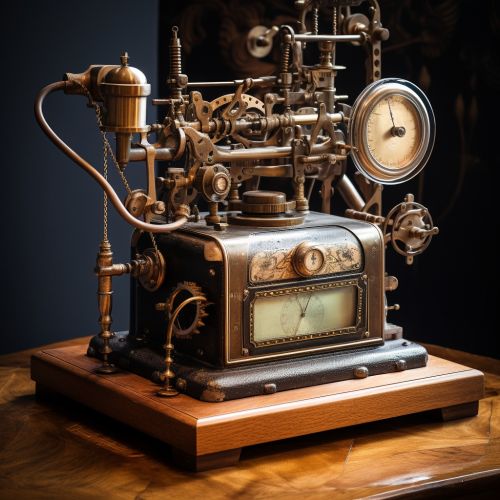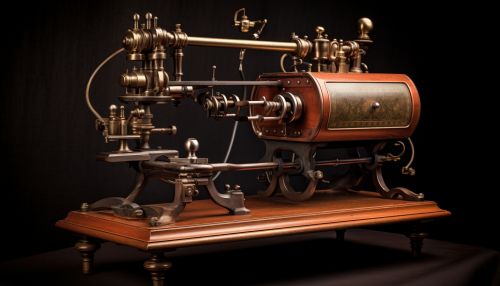History of Telecommunication
Early Beginnings
The history of telecommunication began with the use of smoke signals and drums in Africa, the Americas and parts of Asiaread more. In the modern age of electricity, telecommunication has significantly evolved to allow for global communication. This article will delve into the detailed history of telecommunication, from its early beginnings to the present day.
The first known use of smoke signals was in China circa 200 BC when soldiers stationed along the Great Wall would alert each other of impending enemy attackread more. However, smoke signals could only send a few simple messages, such as danger or a call to assemble. The limitation of smoke signals was that they could only be used in clear weather and were difficult to see at night.
Telegraph
The invention of the telegraph was a significant milestone in the history of telecommunication. The first working telegraph was built by the English inventor Francis Ronalds in 1816 and used static electricityread more. This device was capable of transmitting messages at a distance of up to 20 miles, with each signal representing a different character in the message.


Samuel Morse and Alfred Vail also invented the electric telegraph in the United States in 1832, which used a code (Morse code) to transmit letters and numbersread more. The telegraph revolutionized long-distance communication, making it possible to send messages across the country in minutes instead of weeks.
Telephone
The invention of the telephone by Alexander Graham Bell in 1876 was another major step in telecommunication historyread more. The telephone allowed for the direct transmission of speech, making it a more effective form of communication than the telegraph.
The first telephone lines were laid in the late 19th century, and by the early 20th century, telephone service was common in cities and most large towns. The development of the telephone system marked the beginning of the era of modern telecommunication.
Radio and Television
The invention of radio and television broadcasting in the early 20th century further expanded the reach of telecommunication. Guglielmo Marconi, an Italian inventor, is often credited with the development of the radio. He sent and received his first radio signal in Italy in 1895read more. By the 1920s, radio broadcasting had become a household technology, bringing news, music, and entertainment to millions of homes.
Television, first demonstrated in 1927 by Philo Farnsworth, added the visual component to broadcastingread more. By the mid-20th century, television broadcasts were a common form of entertainment, and by the end of the 20th century, virtually all homes in the developed world had at least one television.
Internet
The development of the Internet in the late 20th century marked a new era in telecommunication. The Internet began as a military project in the 1960s, but it was soon used by researchers and academics to share data and resourcesread more.
In the 1990s, the Internet became available to the general public, and it has since become a vital part of daily life, business, and government. The Internet has drastically changed the way we communicate, allowing for instant communication across the globe.
Mobile Communication
The advent of mobile communication technology has significantly changed the way we communicate. The first mobile phones, known as 1G, were introduced in the early 1980s. Today, we are in the era of 5G, which allows for faster data speeds and more reliable serviceread more.
Mobile communication has not only made it easier for people to stay connected, but it has also had a significant impact on the economy. It has created new industries, such as app development, and has transformed industries such as music and television.
Future of Telecommunication
The future of telecommunication is likely to involve more integrated services and more personalization. With the development of the Internet of Things (IoT), many devices are now connected to the internet, providing more opportunities for communication and data sharingread more.
Furthermore, advancements in artificial intelligence and machine learning are creating new possibilities for automation and personalization in telecommunicationread more.
